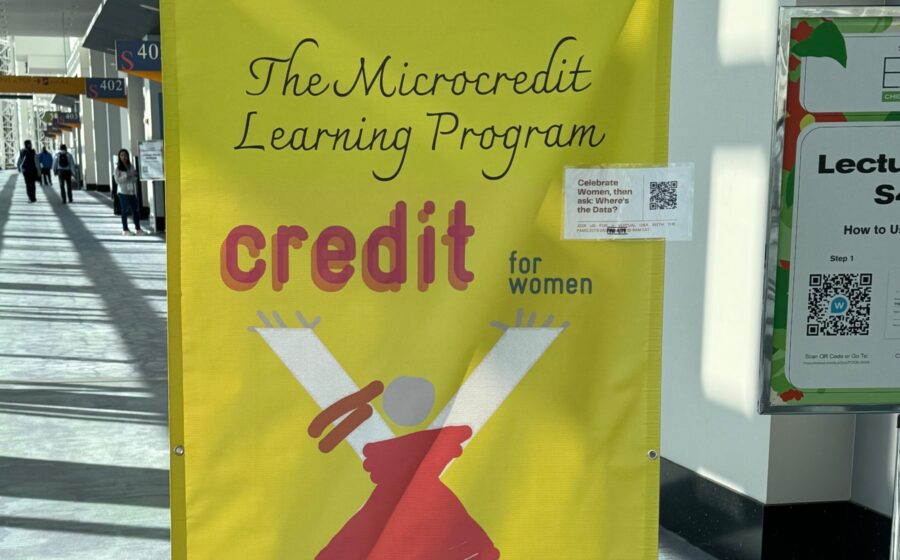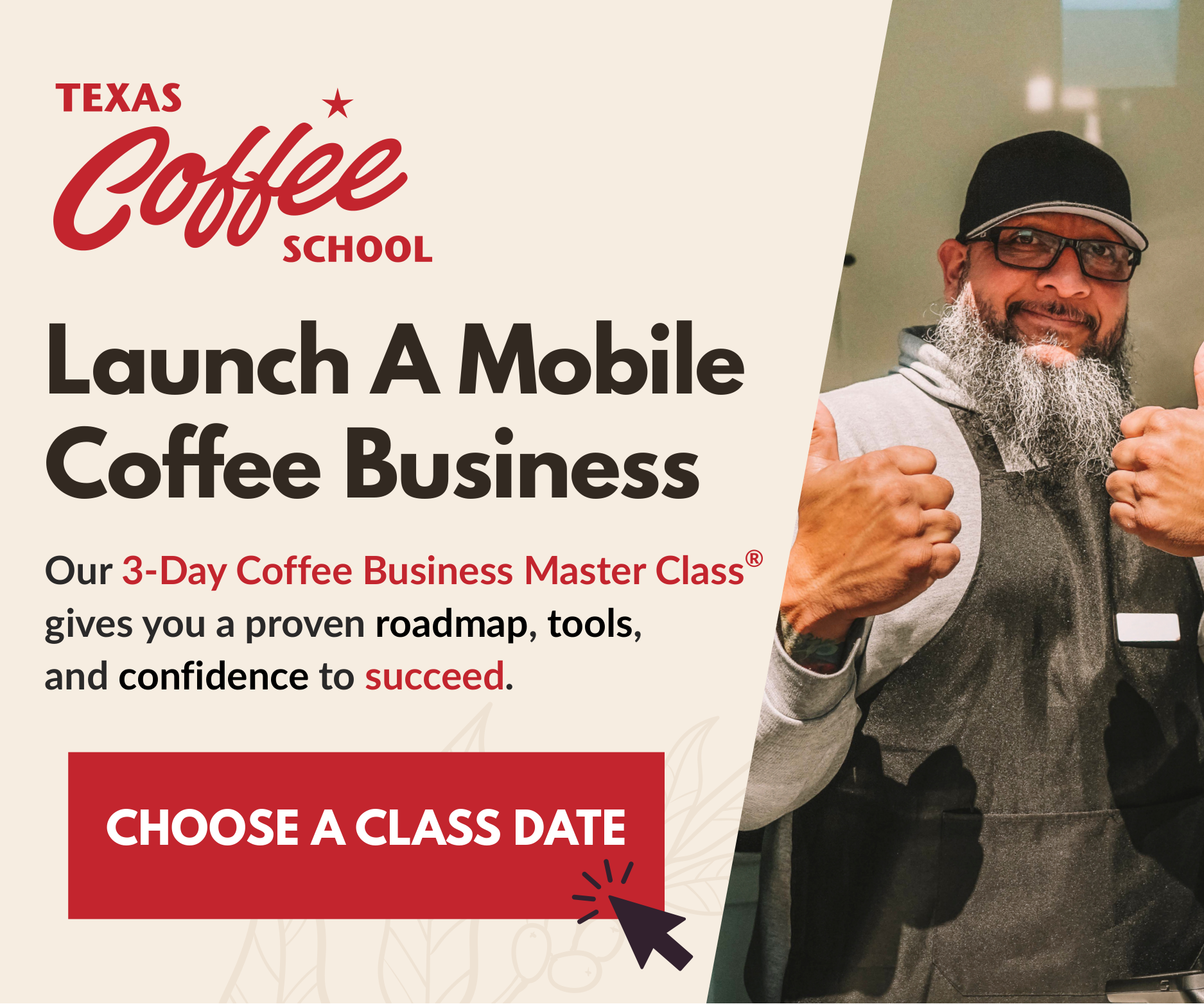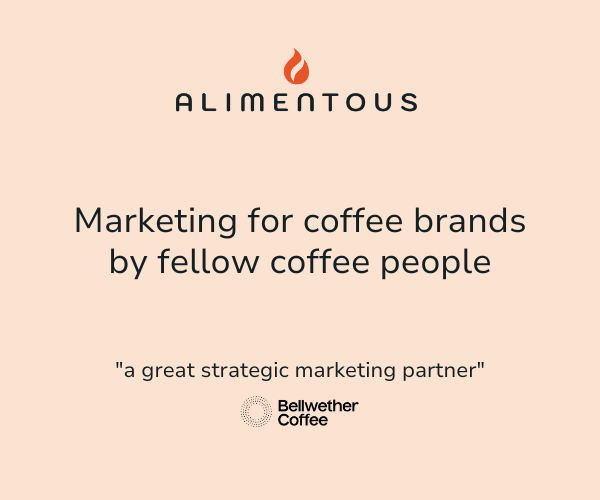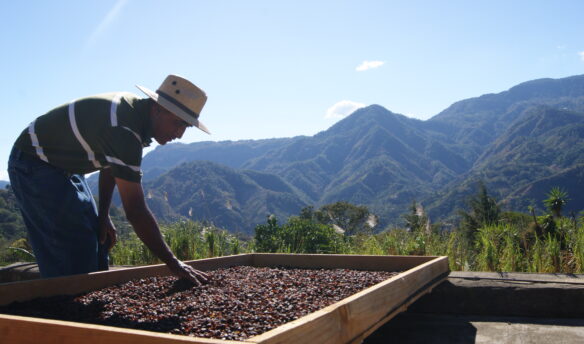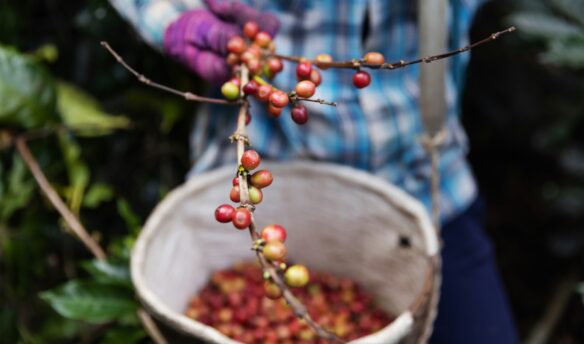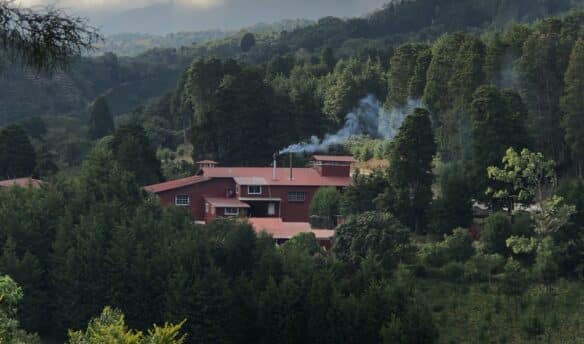Maria Botto was working to connect women with the Learning Loan microfinance program when she first met Maria Rosa Elena Romero.
Botto, the chapter president of International Women’s Coffee Alliance (IWCA) El Salvador, was seeking participants who would benefit from access to small lines of credit with lower-than-average interest. Romero owned a bakery and small coffee farm in the country’s San Miguel Department, and seemed like an ideal candidate for the program.
“I asked if she needed microcredit for her bakery,” says Botto. But Romero had a different vision: She wanted to brand the coffee she was growing on her farm so she could roast and supply local supermarkets. She proposed using the initial loan to buy a coffee roaster. Ultimately, it was just the start of a series of microloans that helped her gain confidence and financial literacy while growing her business.
Microfinance can be defined as financial services tailored to people who struggle to access formal banking. These services include financial education, microcredit, and microinsurance, and are variously administered by nonprofits, cooperatives, banks, and other financial and non-financial institutions.
For women like Romero, who live in rural areas and lack collateral, such programs make it easier to access life-changing credit, create trust with lenders, and support long-term economic resilience.
Women and Microfinance
Coffee has a sustainability problem—but it’s not just to do with environmental sustainability. “The average farmer is about 60, and young people don’t want to go into the industry,” says Botto. In addition to working with farmers across the country, Botto also speaks from her own experiences as someone who inherited a coffee farm. “If we don’t change the way we treat coffee farmers at every stage of the game, coffee will go away,” she says.
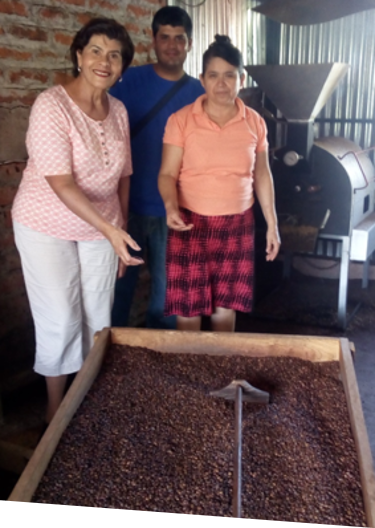
Botto believes that microfinance programs like the Learning Loan have already made a big difference for women coffee producers in El Salvador. Designed by Karen Cebreros and Roberta Lauretti-Bernhard of the nonprofit Grow to Market (GTM), the Learning Loan has supported women in El Salvador, Mexico, Guatemala, Honduras, and Colombia since it was first implemented in 2012, offering microloans of between $400 and $1,000.
“First off, I want women farmers to be treated like entrepreneurs,” says Lauretti-Bernhard, also the co-founder and vice president of programs for Food Enterprise Solutions, which supports nutrition and food security in coffee communities. Cebreros is an IWCA co-founder and the founder of Elan Organic Coffee, the first certified-organic coffee developer and importer in the U.S.
Although both women have worked in agribusiness and development for decades, Cebreros says that well-intentioned programs don’t always change smallholders’ circumstances long-term. “There are pockets of good work all over the place,” she says. “But regardless of how many programs I got involved with, and no matter how good everyone’s intentions were, change wasn’t happening at origin, and people are poorer than ever.”
In particular, she says, gender inequality in coffee “drove me crazy.” Although women do ~70% of agricultural labor, men traditionally own more land and manage the household money.
That’s why she and Lauretti-Bernhard decided to develop the Learning Loan, which was originally funded by Rotary International and donations from U.S. coffee companies. They based their approach on Muhammad Yunus’ Grameen Bank microfinance model, which he developed in the 1970s while conducting fieldwork in a slum in Bangladesh.
Most charitable and nonprofit work focuses on large-scale projects, but Yunus observed that, without connecting directly with people, he was only getting “a bird’s-eye view,” as he told the Harvard Business Review in 2012. “I could see a very wide spectrum of things, almost the whole world. But I was seeing only the outline of things and filling them in, like a child coloring in a box, by making up stories about how people behave.”
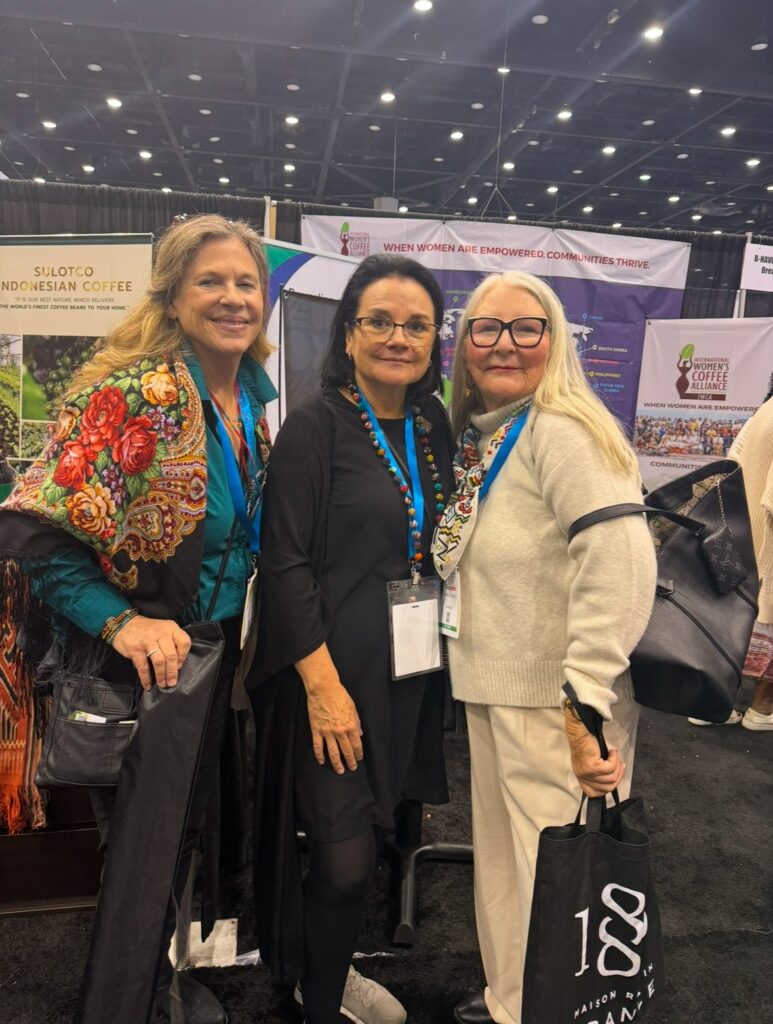
Yunus is credited with popularizing the idea of microfinance, and developed Grameen Bank to give loans to people who generally wouldn’t have qualified for funding. He surmised they would be inclined to repay loans that were based on trust, and which came with a reasonable interest rate. Yunus was particularly interested in lending to women; whereas women once held only 1% of all loans in Bangladesh, they ultimately made up 97% of Grameen Bank’s borrowers.
After Yunus won the Nobel Peace Prize in 2006, other institutions began to offer microfinance programs. However, the concept’s implementation isn’t without its flaws. A 2022 investigation found that large for-profit institutions often capitalize on microfinance to generate shareholder value on borrowers’ debts; for example, by using high interest rates that force borrowers to take out more loans to pay them back.
Yunus told Harvard Business Review that viewing poor people “as an object for making money” is a misuse of microcredit, and that “mission-driven” efforts can indeed alleviate poverty. For example, whereas banks typically require collateral for loans, nonprofits like GTM rely on informal contracts and family members who vouch for the borrower’s reliability.
So why focus on women?
Although women play an outsize role in uplifting their communities, they still face social, cultural, political, and other barriers to financial independence. But when women gain access to microloans, studies across hundreds of countries consistently show repayment at higher rates than men. The studies theorize that women have stronger family ties, less economic mobility, and are more likely to stay put and use their loans to directly impact their surrounding communities. Also, the stakes are higher—women are more likely to be responsible for caretaking, and tend to face more social pressure.
“Women pay their loans back,” says Cebreros. In fact, 100% of the farmers who borrowed money through the Learning Loan program have repaid their microloans in full.
Sustainability Beyond Coffee
Many Learning Loan participants, Botto says, only take out a single loan. But after repaying her initial microloan within six months at a 9% interest rate, Romero continued borrowing larger amounts to grow her business, all while sending loan payments through a supermarket service because her small town doesn’t have a bank. After buying the roaster, she renovated the roasting space to comply with sanitary regulations and get licensed. She also developed new food options for her bakery, including pizza.
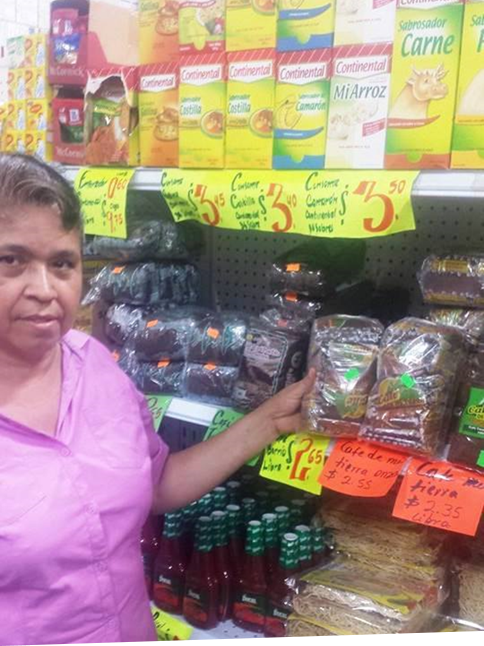
Botto visits Romero regularly to see how her business is doing. “She’s a very innovative person,” she says.
Cebreros and Lauretti-Bernhard say that women across Guatemala and Mexico have used the funds to start businesses—including small pharmacies, a taxi service, and a sewing co-op—that support their ability to farm coffee.
“I’ve never seen a smallholder that grows just one crop,” says Botto. “They [diversify] to deal with the price fluctuations and rainy seasons, so they can continue to support their families.” One woman she worked with bought a cow to create an additional income stream.
According to Lauretti-Bernhard, many Learning Loan participants report an increase in their coffee premiums. “They’re seen as community leaders and are not afraid to negotiate within their co-op,” she says. They are also more likely to send their children to school and access healthcare, which may indirectly make coffee more attractive for younger generations.
As we know from recent extreme weather events in places like Asheville, North Carolina and Los Angeles, no one is immune to unforeseen disruptions. Beyond supporting women to realize business ideas, microfinance programs can also insulate coffee farmers against vulnerability.
“We’ve seen that after a natural disaster or civil unrest, the women’s business-literacy skills help them pick up the pieces instead of waiting for humanitarian assistance,” says Lauretti-Berhard. “They’re empowering themselves.”
Investing in the Future of Women Coffee Entrepreneurs
Cebreros and Lauretti-Bernhard aim to fundraise $250,000 for GTM’s Women in Coffee Entrepreneurs Microfinance Fund by mid-2025. As of February 2025, they have raised $32,000 towards this goal, which will expand the implementation of Learning Loan programs through IWCA chapters and other organizations. The nonprofit is looking for partners, and supporting it is as simple as making a donation on its website.
Botto says microfinance programs like Learning Loan makes credit more accessible. Unlike formal bank loans, the program “is based on trust, and it builds a person’s confidence and ability to get larger loans,” she says.
Borrowing and repaying microloans has allowed Romero to expand her horizons, financial and otherwise. She once used a wheeled cart to deliver her coffee, but utilized one of her microloans to buy a small delivery truck. According to the GTM team, she’s now considering how to export her products outside El Salvador.
Botto believes the future is bright for Romero, and can’t wait to see what she works on next. “Now that she learned how to roast, she moves around, selling and meeting people and visualizing other opportunities.”
Photos courtesy of Grow to Market



